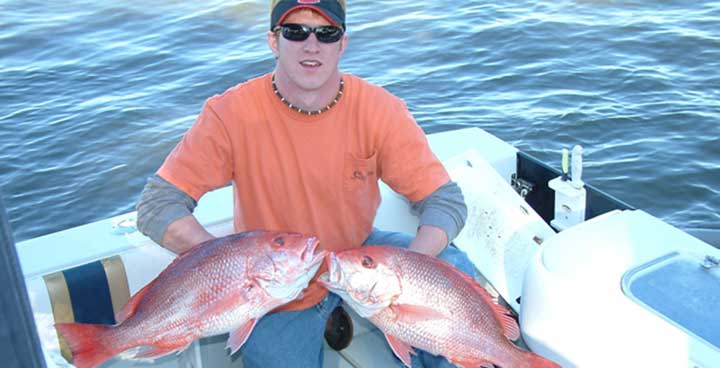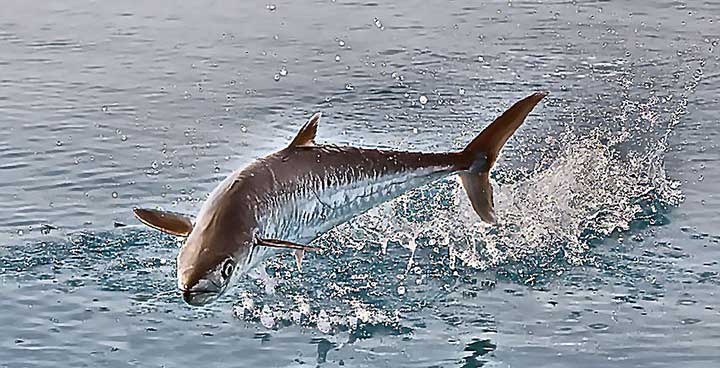- Apalachicola Florida Fishing Map
- Boca Grande Fishing Map
- Charlotte Harbor Fishing Map
- Cape Coral Fishing Map
- Daytona Florida Fishing Map
- Fort Myers Fishing Map
- Islamorada Fishing Map
- Jacksonville Florida Fishing Map
- Largo Florida Fishing Map
- Middle Grounds Fishing Map
- Mosquito Lagoon Fishing Map
- Panama City Fishing Map
- Sarasota Bay Fishing Map
- Sebastian Inlet Fishing Map
- Biscayne Bay Fishing Map
- Card Sound Fishing Map
- Cape Canaveral Fishing Map
- Crystal River Fishing Map
- Fernandina Florida Fishing Map
- Florida Keys Fishing Map
- Indian River Fishing Map
- Key Largo Fishing Map
- Marathon Fishing Map
- Marco Island Fishing Map
- Naples Florida Fishing Map
- Pensacola Florida Fishing Map
- Sarasota Offshore Fishing Map
- Tarpon Springs Fishing Map
- Bradenton Florida Fishing Map
- Carrabelle Florida Fishing Map
- Cocoa Beach Fishing Map
- Destin Florida Fishing Map
- Fort Pierce Florida Fishing Map
- Homestead Fishing Map
- Jupiter Florida Fishing Map
- Key West Fishing Map
- Miami Florida Fishing Map
- Melbourne Fishing Map
- New Smyrna Fishing Map
- St Lucie River Fishing Map
- Stuart Fishing Map
- Tampa Florida Fishing Map
Description: color of back iridescent bluish green, sides silvery, streamlined body with tapered head, no black pigment on front of the first dorsal fin, lateral line starts high and drops sharply below the second dorsal fin, young fish often have yellowish spots like those of spanish mackerel.
Other Common Names: Kingfish, King, Smoker, Slab, Hog
Size: Common to 20 pounds.
Range: Found near shore and offshore, occasionally taken from piers and running into deep water.
Natural History: Schooling fish that migrate from south Florida waters in winter to more northerly waters in spring, Gulf population thought to be separate from Atlantic population, with considerable mixing in winter from Cape Canaveral past Key West, spawns in mid-summer offshore, feeds on small fish and squid.
Mackerel:Also known as a kingfish, smoker, slab, hog. King mackerel are long, slender, torpedo-shaped fish built for speed in the water. Their jaws are equipped with small, sharp, triangular teeth and they are famous for their ability to chop a bait fish in two in a lightning-quick strike.
Bait Bag: Similar to a fish bag, this is for storing fragile dead baits like ribbonfish and ballyhoo. Baits can be kept frozen all day when stored within a bait bag, and do not become scarred from direct contact with ice.
Speed Queen: An exceptionally fast kingfish boat. Many boats fishing tournaments are capable of mile-a-minute speeds when conditions allow, giving their crews a head start over the slower boats and letting them fish a little longer in the afternoon before heading for the dock.
Gaff: Long pole equipped with a large hook in the end. Used to bring a kingfish aboard after the fight is over.
Slow Trolling: When using live baits, it is important to troll slowly so the bait can swim naturally. On a twin engined boat, this is accomplished by shutting down one motor, then placing the other motor in gear just above idle speed.
Chum: This is a ground mixture of fish and fish oil that is used to attract big kings to the baits in the spread. It can be ground ahead of time and frozen or ground fresh on the water.
Downrigger: Essentially a small winch equipped with a heavy lead weight at the end of a length of cable or heavy monofilament. The weight has a release clip attached to it, allowing the fisherman to present a live bait deep below the surface. When a fish hits the bait, it can be fought without any additional weight on the fishing line. Downriggers are an essential part of kingfishing.
Duster: A small colorful skirt placed ahead of the bait fish that serves as an attractor. Popular styles include the Kingbuster manufactured by C&H Lures.
Sea Buoy: The last navigational marker on the way to the ocean from an inlet, or the first buoy coming in from the ocean. Once a boat has reached the sea buoy while running offshore, they are free to navigate without fear of running aground. This is also a popular area to fish for kings.
Skyrocket: This occurs when a king leaps from the water to attack a bait swimming on the surface. They have been known to jump as high as twenty feet in the air to ambush their prey. Having a big smoker skyrocket on your bait is one of the most thrilling experiences in fishing.
Fish Bag: This is a large insulated bag used by tournament fishermen. When a trophy kingfish is brought aboard, it is quickly placed within the bag along with lots of ice to prevent dehydration and loss of body weight. Tournaments have been won or lost by a tenth of a pound, so maintaining as much weight as possible is vital.
Hardtail: Local name for blue runner, another popular bait fish. They are large and sturdy baits, and can be pulled for hours without tiring out. Most are caught using small jigs around offshore structures like oil drilling platforms, reefs, ledges or buoys. Blue runners have a sharp, bony area at the base of their tails, hence the nickname.
Hatteras Release: also called a Palm Beach Release, when a smoker king is on the line but either pulls the hooks or bites through the wire leader.
AR: Refers to an Artificial Reef, versus a natural or live bottom reef. ARs are created by placing structure on the bottom of the ocean to attract bait fish and, in turn, game fish like kings. Just about anything can be used to create ARs, from entire ships to construction rubble, old tires, barges or even tanks.
Live Baiting: The most popular technique to catch big king mackerel is to use a live bait fish rigged with small hooks on wire leaders. Kings will eat a variety of live baits, including menhaden, blue runners, mullet, Spanish mackerel, cigar minnows, threadfin herring, and others.
Smoker: A large king mackerel. The name comes from the lightning-fast initial run of a big king, as the fishing line literally smokes off the reel.
Live Bottom: An area of the ocean floor that has lots of living invertebrates, like corals, sea fans, sponges, etc. These areas attract bait fish and, in turn, big kings.
Live Well: Probably the most important part of a king mackerel boat besides the motor(s). A good live well will allow the angler to keep dozens of small bait fish alive and kicking all day long. They should be large, round or oval in shape, and have a good supply of fresh seawater pumped through it constantly for best results.
Numbers: Term used in navigation referring to the co-ordinates of a particular fishing spot. Often expressed as TDs (time delay) for older Loran systems (Long RAnge Navigation) or as Lat/Lon (Latitude/Longitude) for newer GPS systems (Global Positioning System).
Pogy: Local name for menhaden, a small oily bait fish popular with kings and fishermen alike. Since they travel in large schools, it’s relatively easy to capture a large amount of bait quickly with a cast net.
Ribbonfish: Also called silver eel, it’s really an Atlantic cutlass fish. Long, slender and silver in color, ribbonfish are prime baits for big kings. Normally most effective when pulled deep below the surface with the aid of a downrigger.
Carolina Rig: A single or treble hook on a length of wire leader, equipped with one or more small treble hooks as trailers to prevent a short-striking king from missing the hooks. The most popular way to rig live baits is with a Carolina rig. Live bait fishing for king mackerel originated in North Carolina in the early 1980s.
Source: SKA



